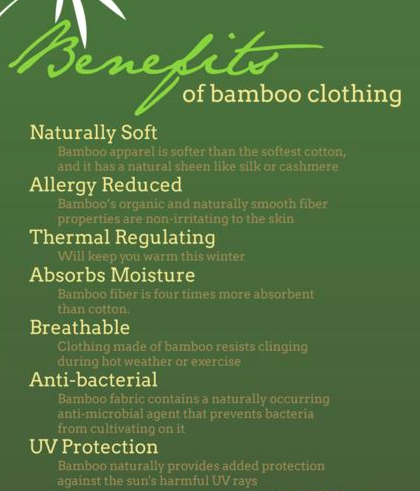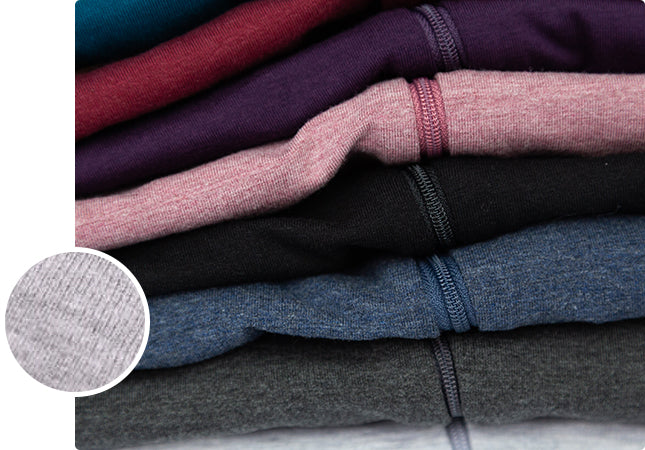Top Rated Merino Wool Base Layer Website
Wiki Article
What Makes Base Layers Made Of Yak Merino A Great Material To Wear During Winter?
It's a fantastic base layer to use for winter sports because of the advantages that merino & yak wool provide. Its hollow fibers hold in air, thereby providing superior insulation. Merino is a combination of superior insulation capabilities and warmth, it gives you the best warmth and comfort in colder weather.
Merino has moisture management properties. Merino can absorb and let go of moisture, leaving the wearer dry. Yakwool adds to this by its moisture-wicking abilities. This blend regulates your body's temperature as it keeps moisture away from your skin when you exercise in cold temperatures.
Merino Wool is known for its comfort and softness. The fine fibers make it less likely to cause irritation. The fabric created when yak fibers are mixed with the soft and smooth fibers of merino Wool feels extremely comfortable on the skin.
Odor Resistant- Merino and yarns made of yak wool also contain antimicrobial properties that help to prevent the growth of bacteria that create smells. This feature helps to keep the garments fresher longer, even after long wear.
Durability: Yak wool has a natural durability. When paired with merino fibers, it can be used in outdoor sports as well as other activities.
Temperature Regulation. Temperature Control. merino wool base layer's insulating characteristics aid in regulating body heat, keeping wearers warm even in frigid temperatures. It also breathes in high-activity times.
Sustainability in the Environment Merino wool and yak wool are both sustainable and biodegradable and are therefore eco-friendly options for winter sportswear.
With these attributes, yak wool base layers can be extremely efficient as winter sportswear. They are warm as well as comfort and moisture management, which adds to toughness in cold climates. Read the top merino wool base layers examples for website info including merino wool base layer clearance, ski thermals womens, merino wool base layer womens, ski underlayers, warmest base layer for skiing, hh lifa merino, merino wool long underwear mens, merino base layer mens, merino wool thermals, lightweight merino wool base layer and more.
What Are The Benefits That Bamboo Clothing Provides In Terms Of Thermal Regulation As Well As Uv Protection?
Bamboo clothing is a great choice for those looking to maximize their benefits in terms of thermal regulation as well as UV protection.
Insulation – Bamboo fabric offers natural thermal regulation capabilities. It provides warmth and comfort in cold conditions and is cool and breathable. It aids in controlling body temperature as it retains heat in cooler conditions while also allowing for excessive heat to be avoided when exercising.
UV Protection
UV Resistant- The bamboo fabric offers natural protection against harmful UV radiation. It blocks a large portion of the sun's UV radiations, thereby providing an extra layer of protection from sunlight exposure when wearing it outside.
Biodegradability-
Eco-friendly- Bamboo clothing is biodegradable, meaning it is able to break down naturally after the completion of its life cycle without creating harmful residues or contributing to the pollution of the environment. This means that clothing waste is reduced and also its impact on the environment.
Environmental Impact-
Sustainable - Bamboo as raw material is highly durable. It grows quickly and abundantly without chemical pesticides or fertilisers. This minimizes the environmental impact caused by cultivation. Its fast growth rate is a renewable resource.
Bamboo uses relatively less water than other crops like cotton. It is an efficient water-using crop. This aspect contributes to conservation efforts and decreases stress on water resources.
Soil Conservation-
Soil Health: Bamboo cultivation doesn't typically deplete soil nutrition or require a lot of irrigation. It contributes to healthier soil conditions and decreases the need for harmful agricultural methods.
Carbon Sequestration
Carbon Absorption Bamboo plants are able to absorb more CO2 while releasing greater amounts of oxygen than other species. This ability helps reduce carbon emissions and fight climate change.
Bamboo clothing's thermal regulation, UV protection, biodegradability, and positive environmental impact make it appealing to those looking for sustainable and durable clothing options. These characteristics are in sync with green practices, providing benefits for both the wearer as as the environment. See the recommended bamboo clothings hints for more info including bamboo pants womens, shakuhachi clothes, boody bamboo underwear, mens bamboo clothing, cotton bamboo pajamas, bamboo yoga leggings, onno bamboo shirts, bamboo athletic wear, men bamboo boxer shorts, bamboo t shirts wholesale and more.

How Do Merino-Layering And Bamboo Clothing Compare With Regular Wool?
Merino wool, bamboo clothing and regular wool can be distinguished with their distinct characteristic.
Softness Merino is renowned for its fine, soft fibers that make it easy to wear. It's less likely that it will cause irritation or itchiness in comparison to other kinds of wool.
Merino wool is great at wicking moisture, which allows it to evaporate. It keeps wearers comfortably cool.
Insulation Merino wool offers exceptional warmth even in the event of a wet. It regulates body temperature by providing insulation in cold temperatures as well as the ability to breathe during exercise.
Odor Resistance- It naturally inhibits the growth of bacteria that cause odor making clothes fresher even with extended wear.
Bamboo Clothing
The silky feel is often compared with cashmere or silk. It's soft and luxurious to wear.
Moisture-Wicking-Bamboo fabric has moisture-wicking properties that draw the moisture away from your skin, ensuring that the wearer stays dry during physical activity.
Temperature Regulation- Bamboo clothing has natural temperature-regulating abilities, offering warmth in winter and breathability to prevent overheating.
Sustainability- Bamboo has a high rate of sustainable resources. It grows quickly without pesticides and fertilizers. It is biodegradable, with minimal impact on the environment.
Wool Regular
Texture. Wool is traditionally available in a wide variety of textures. Some are more coarse and could cause irritation or itching.
Warmth- Regular Wool provides great insulation and warmth, however it can feel weighty and bulky at times.
Moisture Absorption - Wool can absorb moisture, making it less effective at wicking moisture when compared with merino wool or bamboo fabric. It still retains warmth when damp.
Merino provides softness and superior moisture-wicking. It also is insensitive to odors. Bamboo clothing is soft to the texture, moisture-wicking properties as well as regulating temperature. It is a long-lasting material. Regular wool comes in a variety of textures and may not provide as much softness or moisture wicking capability as merino clothing or bamboo clothes, however they will offer warmth and insulation. Each material caters to different needs, and all have distinct advantages. Follow the recommended visit this link about merino winter clothings for site advice including best merino wool base layer women's, long john merino, merino base layer cycling, smartwool long sleeve shirt, smartwool quarter zip, smartwool men's classic thermal merino base layer crew, merino wool leggings women's, wool layers, first lite merino wool base layer, best base layer for skiing women's and more.
